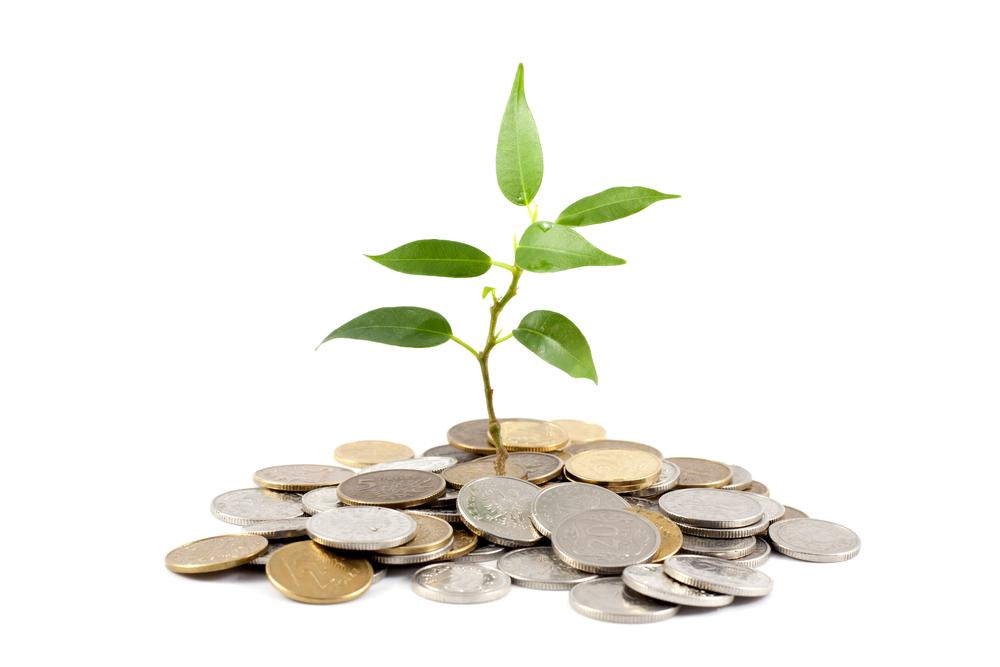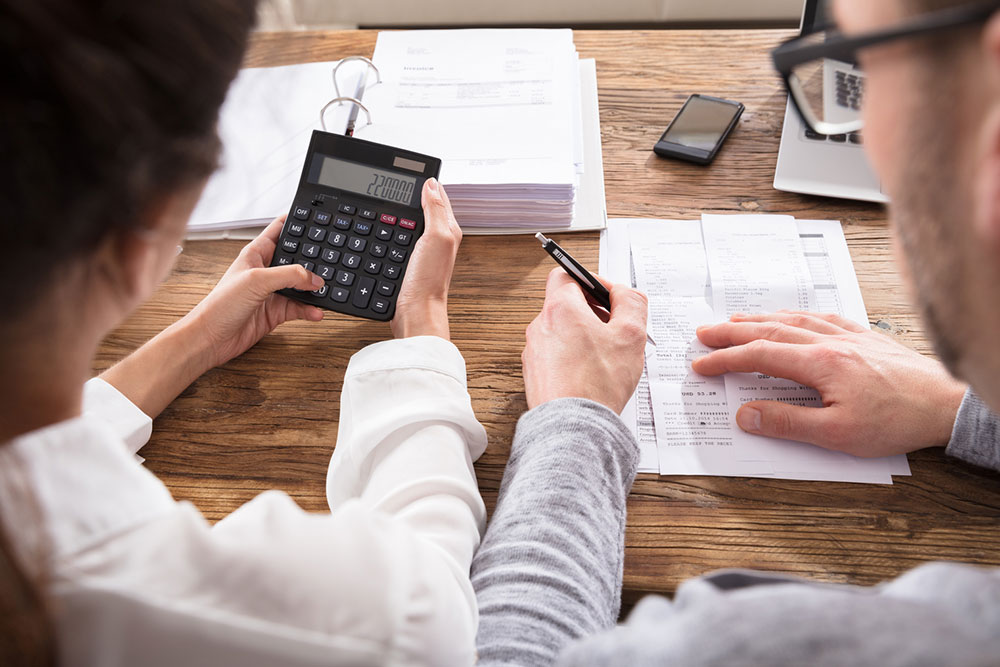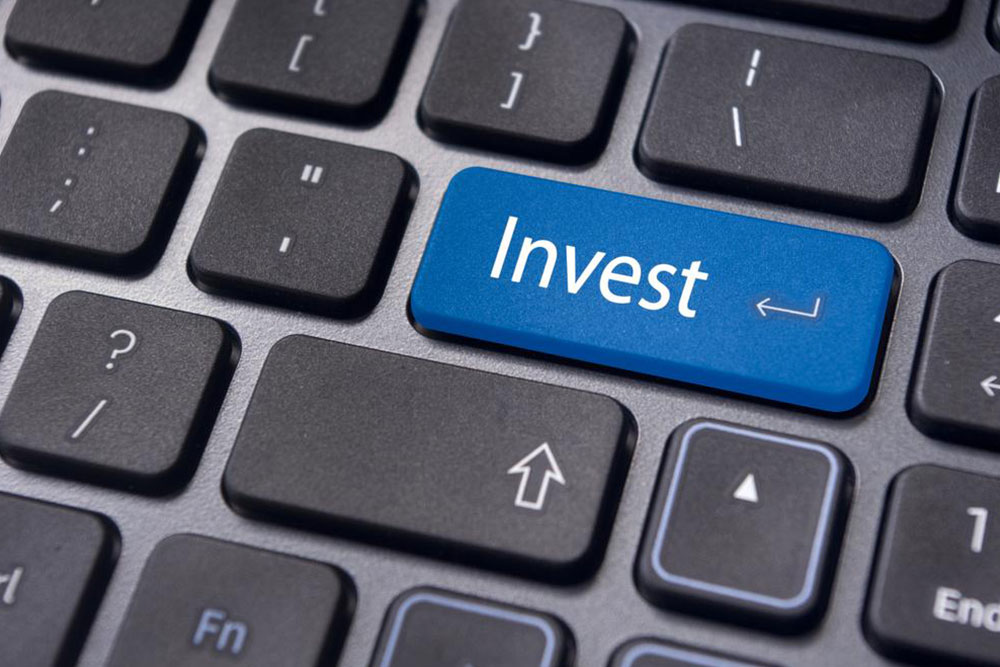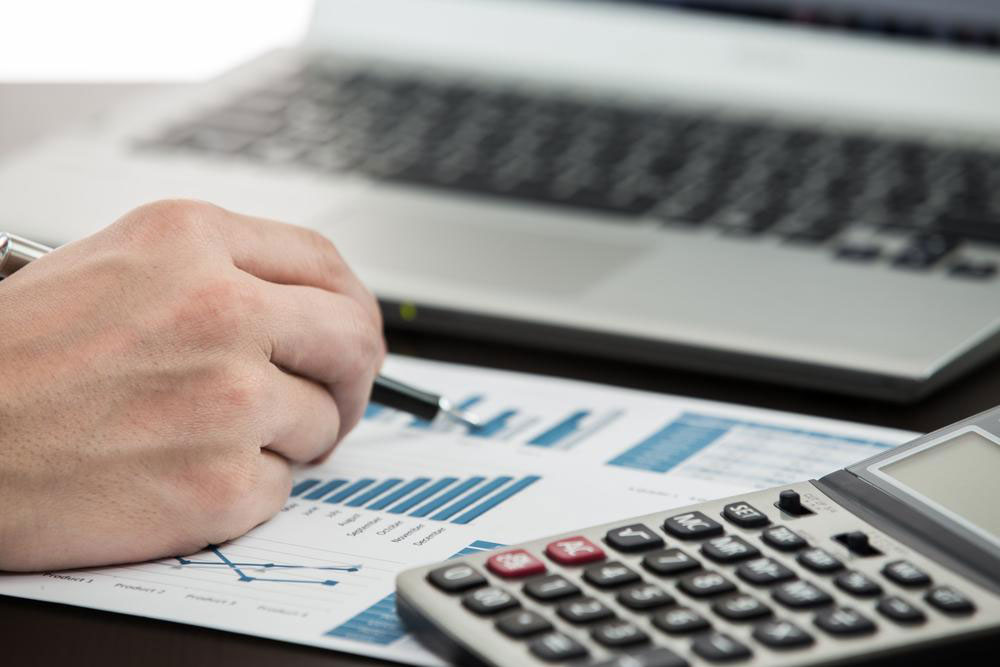Effective Strategies to Manage Your Tax Refund and Avoid Financial Mistakes
Maximize your tax refund with strategic planning. Avoid common mistakes such as overspending, inflating expenses, or impulsive upgrades. Focus on saving, investing, and value-adding improvements to secure your financial future. This article provides comprehensive tips to help you manage your refund wisely and build long-term financial stability.
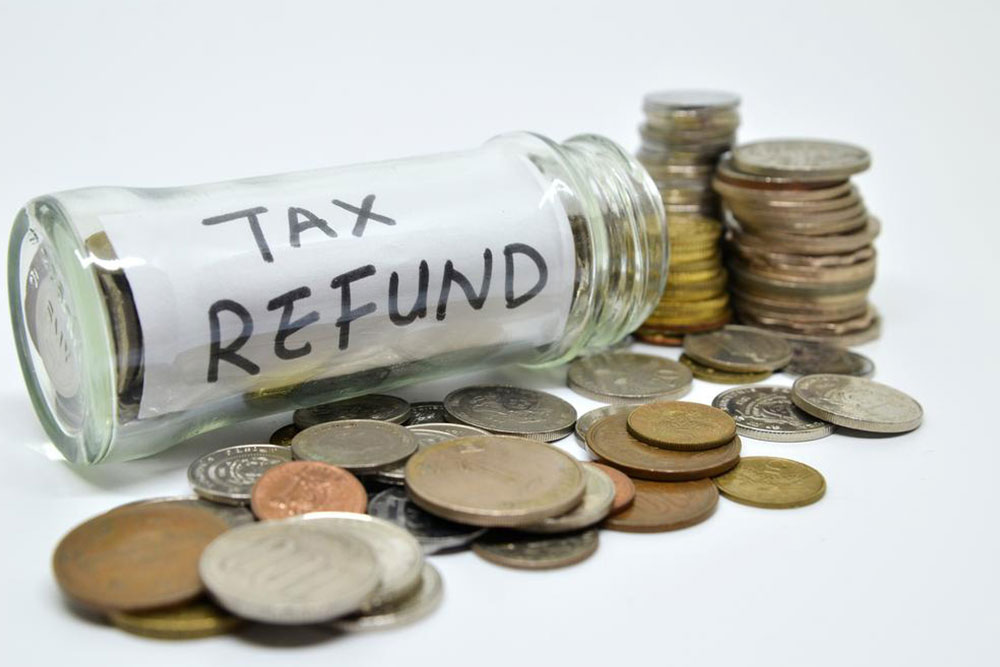
Proven Strategies for Wise Tax Refund Management
As the tax season concludes and your refund arrives, many individuals start pondering the best ways to utilize this lump sum effectively. While a tax refund can provide a welcome financial boost, it’s crucial to approach its expenditure with careful planning. Proper management of your tax refund can lead to improved financial stability, reduced stress, and the ability to meet future financial goals. However, many people fall into common pitfalls that can diminish the true value of their refund. This comprehensive guide aims to enlighten you with proven strategies and common mistakes to avoid, ensuring that you make the most of your tax refund and safeguard your financial health.
1. Avoid Overspending on Personal Luxuries
One of the most frequent mistakes people make is using their entire tax refund for impulsive purchases of consumer goods such as high-end fashion, latest gadgets, or luxury trips. While treating yourself occasionally is not wrong, it's essential to recognize your refund as a financial resource—not merely an unexpected windfall. Overspending can quickly deplete your funds, leaving you unprepared for unforeseen expenses or emergencies. The smarter approach is to develop a detailed spending plan that allocates specific amounts for leisure activities without compromising your long-term financial security. By doing so, you can indulge responsibly while ensuring your money is serving your overall financial goals.
Implementing a spending plan involves assessing your current financial situation and setting priorities. Consider dividing your refund into three main parts: a portion for immediate enjoyment such as a small vacation or shopping spree, a part for paying down debts or saving, and a small emergency buffer. This strategy helps maintain a balanced approach, preventing you from burning through your refund all at once. Remember, your tax refund is a reflection of previous earnings—use it wisely to build wealth rather than diminish it through frivolous expenses.
2. Be Mindful of Increasing Your Monthly Expenses Unknowingly
Another common trap is using the refund to cover recurring expenses or lifestyle upgrades without a clear plan. This often leads to inflating your monthly budget unexpectedly, which can sabotage your broader financial goals. For example, using the refund to fund daily expenses—like dining out or shopping—may seem harmless but can cumulatively drain resources if not monitored. To avoid this, designate your refund for specific savings or debt payments rather than regular expenses. This approach helps you strengthen your financial foundation without inadvertently increasing your ongoing costs.
Consider setting up automatic transfers to savings accounts or investment portfolios. High-yield savings accounts or retirement plans provide better growth opportunities and tax advantages compared to keeping your funds idle in a conventional checking account. This not only safeguards your money but also promotes disciplined saving habits, helping you achieve bigger financial milestones over time.
3. Focus on Long-Term, Value-Adding Improvements
While upgrading your home or purchasing luxury appliances might seem appealing, it’s advisable to prioritize repairs and improvements that add lasting value. Home renovations such as fixing structural issues, enhancing energy efficiency, or upgrading safety features are investments that pay off over time, increasing your property’s worth and ensuring your safety. Impulsive upgrades or aesthetic enhancements, however, can quickly erode your refund without delivering tangible benefits.
Assess your needs carefully before embarking on renovation projects. Allocate your refund toward projects that increase your home’s functionality, safety, or energy efficiency—ultimately providing a better quality of life and potential financial gains in the future.
4. Save and Invest for the Future
Instead of spending your refund immediately, consider channeling part of it into savings or investments. Building an emergency fund is a crucial first step toward financial stability, covering unexpected expenses such as medical emergencies, job loss, or major repairs. Once established, you can consider contributing to retirement accounts, education funds, or other investment vehicles that align with your long-term goals.
Remember, the true power of a tax refund lies not in immediate gratification but in leveraging it to secure your financial future. Regular contributions to high-yield savings accounts or diversified investment portfolios can help your wealth grow exponentially over time.
In conclusion, whether your refund arrives via direct deposit or check, prudent management is key. Avoid impulsive overspending, focus on value-driven improvements, and prioritize saving and investing. These strategies will maximize the utility of your tax refund, helping you build a more secure and prosperous financial future while avoiding common pitfalls that diminish its potential.

